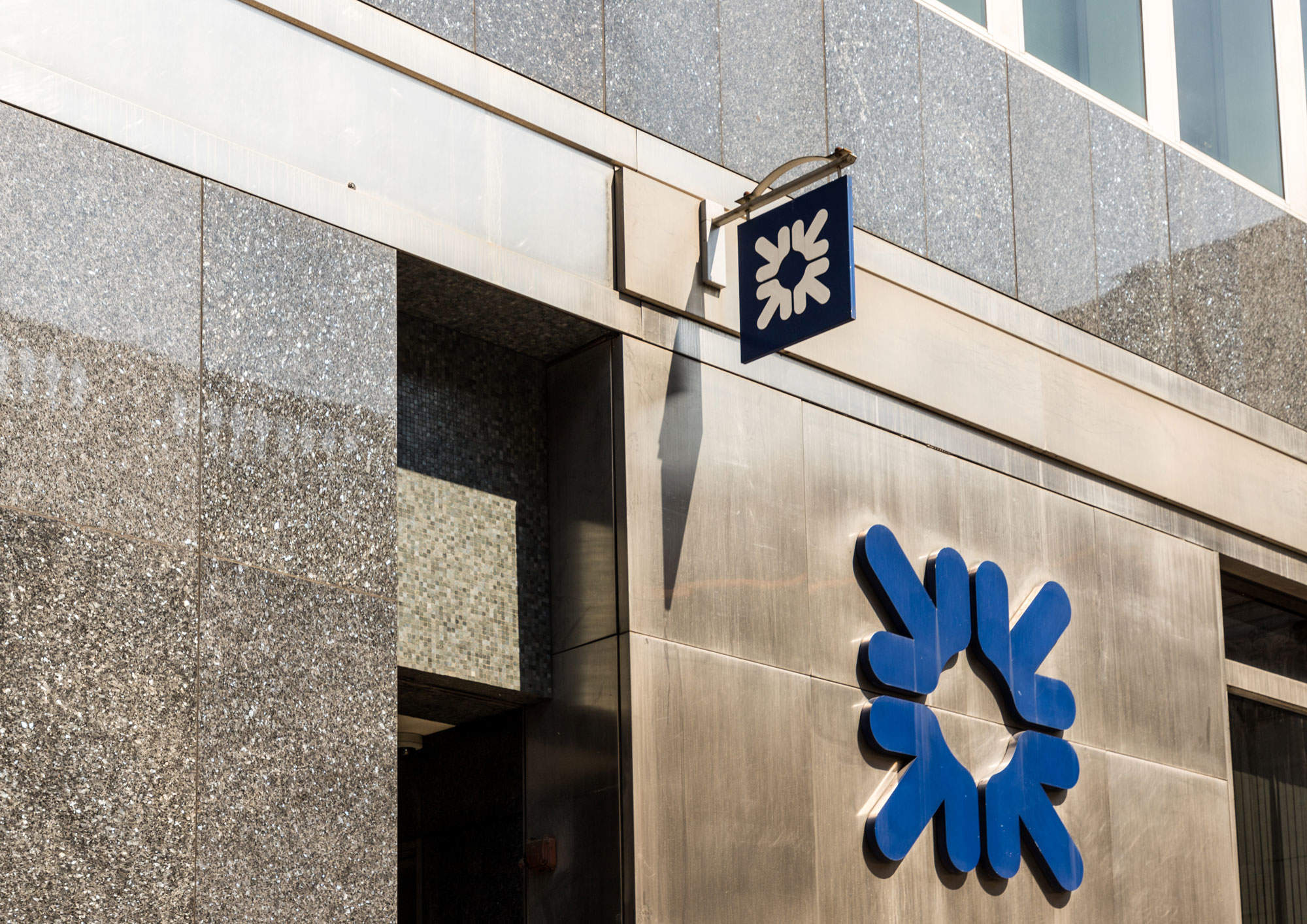
Earlier this month, the Royal Bank of Scotland (RBS) announced that it would be closing 162 branches across England and Wales, resulting in 800 job losses.
With plans to also shut 62 branches in Scotland, the news comes just months after RBS announced that it was already closing 259 branches.

Access deeper industry intelligence
Experience unmatched clarity with a single platform that combines unique data, AI, and human expertise.
Affected branches will close their doors in two phases, with the first batch in July and August 2018, and the remainder shutting in October and November 2018.
RBS claimed the decision is due to many branches being too close together after plans to integrate Williams & Glyn, a division of RBS, back into the main bank.
Today, Unite the Union, the trade union representing the bank’s staff, will begin demonstrations outside the RBS head office in Manchester against the planned closures across the region, with the North West worst hit.
Unite regional officer John Nolan said: “RBS’s latest decision to take the axe to 64 branches across the region is an act of corporate vandalism. They are decimating hundreds of jobs, ripping the heart out of communities and disenfranchising customers from being able to access all but the most basic of banking services. We need RBS to support customers and local communities, not abandon them.”

US Tariffs are shifting - will you react or anticipate?
Don’t let policy changes catch you off guard. Stay proactive with real-time data and expert analysis.
By GlobalDataThe chief financial officer has jumped ship
Just hours before RBS’s annual general meeting, the state-owned bank announced that its chief financial officer Ewen Stevenson had “decided to move elsewhere”.
This comes on the day that the bank is expected to face tough questions from its shareholders over dividends and branch closures.
Chief executive Ross McEwan praised Stevenson for his role in resolving “a number of major legacy challenges”.
The government stake in the bank could be sold off
The UK Government currently owns 70.5% of RBS after the bank was bailed out during the 2008 financial crisis.
However, the future of the government-held equity looks uncertain, with 10% of the bank expected to be sold to investors. According to some reports, the sell-off could happen as early as this week.
After paying a total of £45.5bn for the shares in 2008, the government looks to make a loss if its shares, currently worth £24.5bn, are sold.
Are job losses inevitable in the move towards automation?
With the total number of RBS branch closures or planned closures now reaching 2,100, the bank has faced inevitable backlash from communities over job cut and the loss of local amenities. However, with a report from the McKinsey Global Institute predicting that up to 800 million workers globally will lose their jobs to automation by 2030, is RBS really to blame?
RBS has said that the decision to reduce branch numbers is linked to a change in the way consumers are banking. According to The Telegraph, 661 bank branches closed in the UK during 2017, with a decrease in the demand for over-the-counter services and a rise in fintech products frequently cited as major causes. In the same year, full-time employment at RBS fell by 8.5%.
The number of people going into branches to do their banking fell by around 30% in the last three years. Simply put, it is possible that the demand for in-branch banking is declining as customers increasingly favour digital technology.
An RBS spokesperson said: “The way customers bank with us has changed radically over the last few years. Since 2014, branch transactions across Royal Bank of Scotland in England and Wales are down 30%. During this same period, there has been a 53% increase in the number of customers using mobile banking and mobile transactions have increased by 74%.”
Over recent years, RBS has introduced a number of initiatives designed to increase automation and cut costs. In 2016, the bank announced that face-to-face advice would only be available for customers investing more than £250,000 in a bid to grow its online investing platform.
In 2017, it launched ‘robo-advice’ under its Natwest brand to offer automated investment advice to more than five million customers.
However, chair of the Treasury Committee Nicky Morgan MP has warned that a move towards automation can lead to “financial exclusion”, particularly among vulnerable people and the elderly. She said:
“In recent years, retail banks have made decisions to shrink their branch network on the grounds that more people are banking online. But branches remain vital for many, particularly vulnerable people and those in rural areas. As a result of RBS’s decision, there is a risk of increased levels of financial exclusion. It’s important for the government to monitor this trend. If financial exclusion is increasing, the government may be required to intervene.”
Although RBS reported profits for the first time in ten years at the start of 2018, making £752m in 2017 compared with a £6.95bn loss for the year before. So, could automation spell the end of a decade of misfortune for the bank?







